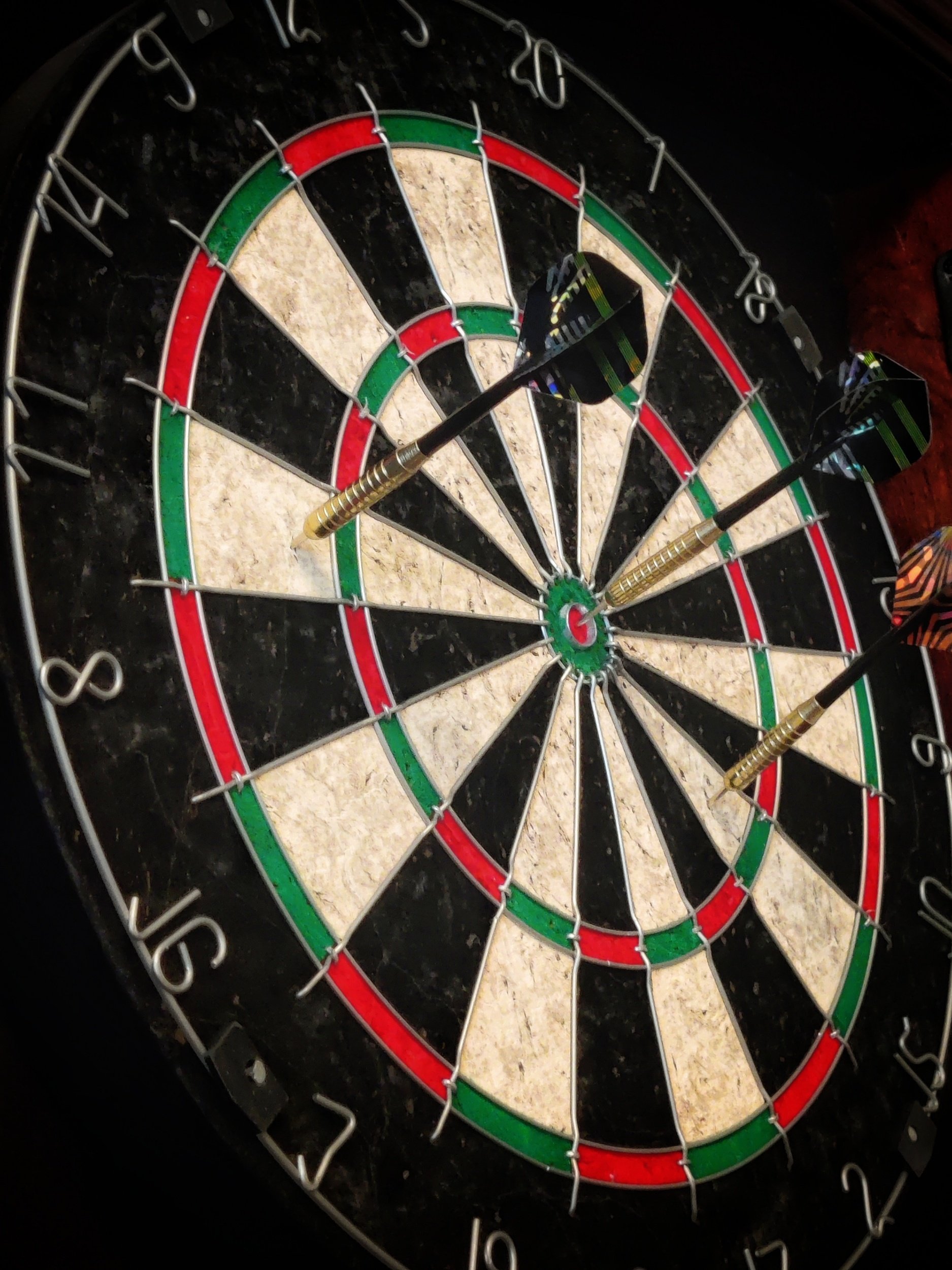How to Take Your Small Business From Good to Great
I was at a conference recently and one of the speakers made a statement that really connected with me. He said we do things today to lay a foundation for the future. That statement isn’t all that profound, really it is obvious. Today I schedule a meeting so tomorrow we can meet. Today I mill lumber so tomorrow I can cut joinery for a cabinet. We are always doing things today to set ourselves up for tomorrow.
How far can you plan out? A farmer plants seeds in the hopes that he’ll see his returns in 5 months. A company invests in new technology to lay a foundation for next year. I invest in my 401k so I can retire in 30 years.
But how do we know what will come of the actions we take today. That reminded me of a book I read, Great by Choice by Jim Collins.
In the book, Collins explores research he conducted on companies that hit it out of the park. These are companies that had 10x returns compared to their competitors, such as Intel, Apple, and Southwest Airlines. It’s a really interesting book and I highly recommend it. I will spoil it a little, but in the context of how can Collins’ teachings help your small business.
There are two things Collins discusses which apply tremendously to your small business.
Take shots before sending cannonballs
20 mile march
Shots before Cannon Balls
I am not the creator of this idea, I’m taking it straight from Great by Choice, but I love the concept. What “taking shots before cannon balls” means is, you start small. You take shots to range find, to hone in, to figure out exactly where and what your target is. Each of these shots requires little time, effort, and gun powder. You don’t want to waste too much when you miss. But when you finally hit, and something works. You go all in. You load up that cannon with powder, drop that 10 pound chunk of metal in there and let it rip.
It’s all about using your resources appropriately. Test small until you hit that target and then expand.
I’m still taking my shots. Trying to figure out what works and what doesn’t. I wrote an article about what I learned in my first year of owning my small business where I described how I tried new things and pivoted quickly when they didn’t work. Finally I found a niche, I’m still working on loading the cannon, but I prefer to make custom furniture over small items so that is where I am aiming. It requires a certain set of tools and skills which I am investing in, but it frees up resources from investing elsewhere.
When I tried out Etsy and made some sales, I realized I needed to invest in automation to scale that business. I needed to buy a CNC and/or a laser. I needed to learn how to run those machines. And I knew that wasn’t where I wanted to take my business. I shot and I decided it wasn’t for me.
And I’m still taking shots. I’m upskilling myself and learning how to do video. I have started with shots, YouTube shorts, Instagram Reels, etc. Next up is to take a shot at a long form video on YouTube, and if it goes well, I’ll do fire my cannon by investing in the equipment I need to increase my video quality.
So I suggest for your small business you do the same. Try something, start small, see if it works. If it doesn’t, your investment paid off in what you learned. If it does, then you may have a money maker and you should invest more.
20 Mile March
This is my favorite part of Great by Choice. The concept is simple. If you want to walk from California to New York you will only make it that far if you walk every day, 20 miles per day. Consistently. Here’s why.
If you start in May when the weather is good, not too hot, not too cold, and you start sprinting to cover as many miles before it gets too hot you will burn yourself out before you get out of California. No one can maintain a sprint for a long duration. But if you set a goal of 20 miles per day, regardless of the weather, you will make it. You have a goal that isn’t too high, nor is it too low. You will consistently make progress toward your goal until you reach it.
What does this look like? Well in the case of my blog, I set a goal for myself to write and publish one article per week. Many weeks I do two, but my goal is at least one. My idea behind it is I need to build the habit and I need to practice writing. By doing one article per week I am consistently making progress to build my blog with the goal to create a blog which generates 1,000 page views per month. By then, I’ll be so good at writing and editing that I’ll be able to do two or three articles per month to grow my content, my audience, and ultimately ad revenue.
Are there weeks where I want to post 5 articles? Yes actually. I have weeks where I have so many ideas I want to write them all, but I refrain. I take a note and leave it. I come back to it when I have an empty idea week, but I can still write.
For your small business, stay consistent. If this is on the side of your full time job, set yourself a goal. Commit to yourself that you will spend one hour a day on your business, even if that’s just writing down future ideas to pursue when you have time to commit to them.



